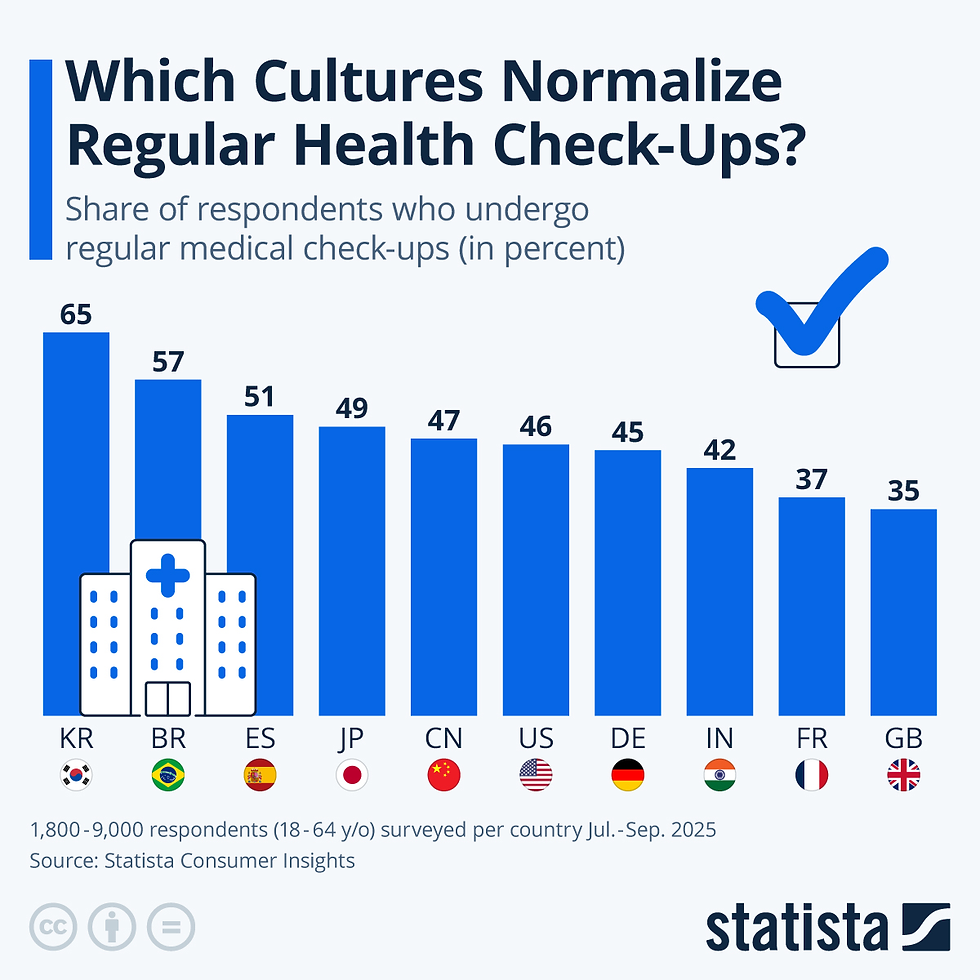China's Mobile Payment Adoption Beats All Others
- Create and Learn

- Jul 31, 2022
- 1 min read

This article is published in collaboration with Statista
by Katharina Buchholz
More than half a billion people in China will be paying with their phones at a point-of-sale this year, according to the Statista Digital Market Outlook. This can be a physical store or restaurant as well as an online shop. The number equals a penetration rate of 40.4 percent, the highest included in the survey of 44 countries.
China’s booming payment apps market is dominated by big players Alipay and WeChat Pay, which have been adopted widely by shopkeepers, restaurateurs and e-commerce platforms. In a country where a lot of small enterprises cater to customers, the use of credit cards had never been widely adopted, creating a leapfrog effect where businesses moved directly from cash to payment apps.
Yet, the overall annual transaction value per customer is higher in the U.S and several European country for example the UK, Portugal and Scandinavian nations. The average Chinese consumer is projected to spend almost US$4,000 with payment apps in 2022, compared to more than US$14,000 in the UK and almost S$13,000 in the United States. The UK also takes the lead when it comes to user penetration in Europe, while Portugal lags behind.
Developing countries in Asia like India and Vietnam, typically have payment app penetration levels above the world average, but the average spent per customer is still extremely low, suggesting only very casual usage by a big chunk of consumers. African countries like Nigeria are known for their mobile payments in the non-smartphone segment, but haven't quite caught up when it comes to digital wallets.
Start leaning Data Science and Business Intelligence tools:
createandlearn#analytics#dashboard#finance#accounting#tableau#powerbi#excel#sales#datascience#businessintelligence




























Comments